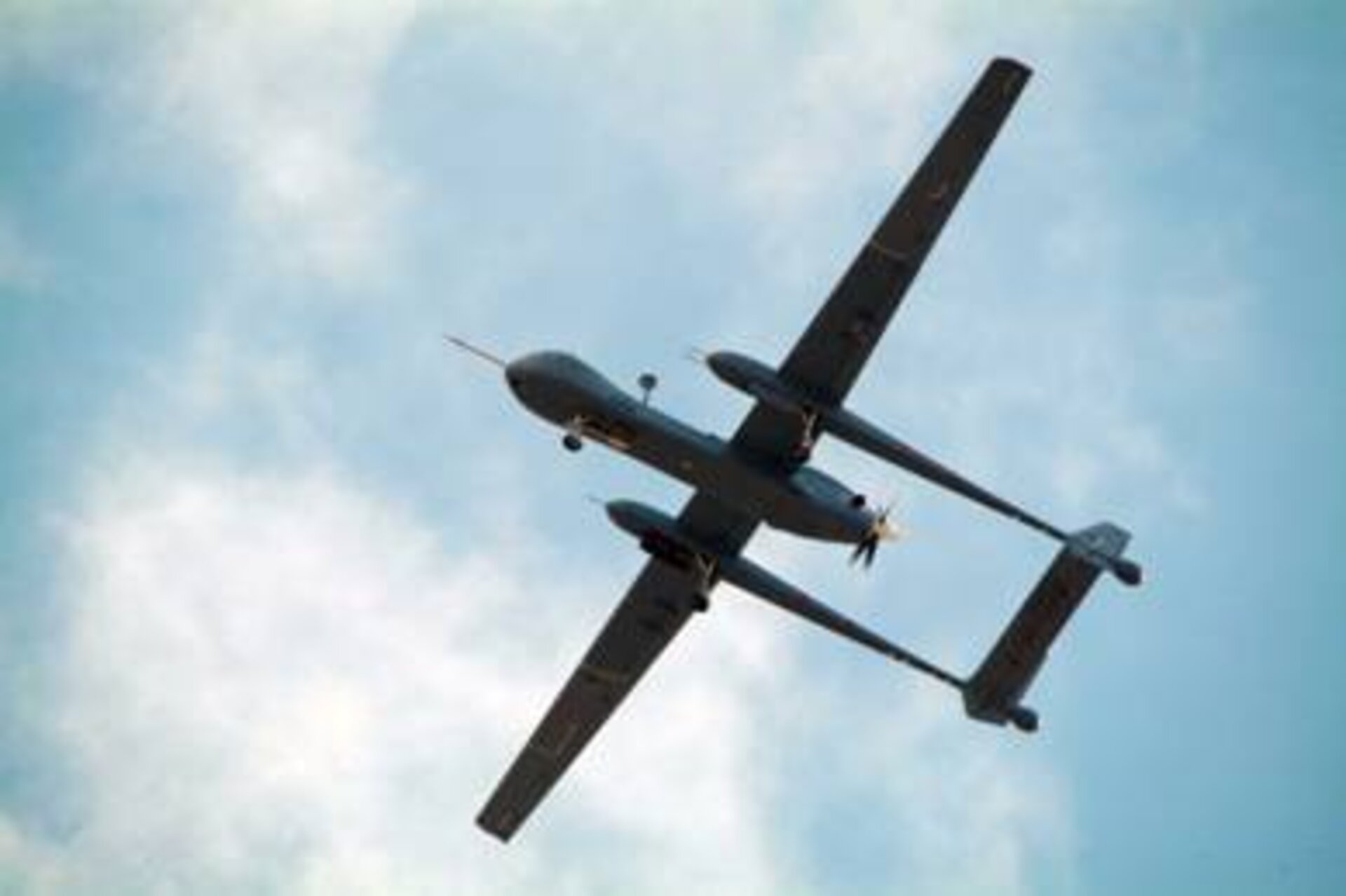DeSIRE
The DeSIRE (Demonstration of Satellites enabling the Insertion of RPAS in Europe) project is a joint initiative between ESA and the European Defence Agency (EDA). It is aimed at demonstrating the safe insertion of Remotely Piloted Aircraft Systems (RPAS) into non-segregated airspace using satellites for commercial and governmental applications.
RPAS provide a number of benefits compared to manned aircraft. They can be smaller, lighter and cheaper than the manned alternatives and are capable of greater manoeuvrability. Lacking an onboard pilot who would eventually tire, RPAS can also fly for longer periods – day and night.
This makes them ideal for applications such as search and rescue, fire detection, wildlife conservation and security.
Various governmental and international service operators could make good use of RPAS, such as civil security bodies, maritime surveillance and border control authorities. DeSIRE is designed to prove the effectiveness of the systems when flying beyond radio line-of-sight (BRLOS) using satellite communications in non-segregated airspace for maritime surveillance. It focuses on demonstrating safe and secure communications links for RPA Command and Control and Air Traffic Control relay, proving the systems’ suitability for users’ needs.
DeSIREd space effect
A major hurdle for remotely piloted aircrafts flying BRLOS is to ensure sufficient availability and continuity of the communication links between the pilot, the aircraft and the air traffic controller. Up until now, satellite data links for RPAS have been used only for military applications and, separately, civilian operations in segregated airspace.
This has led to a lack of data for regulatory bodies on flights combining radio line-of-sight (RLOS) and BRLOS conditions.
DeSIRE aims to demonstrate how space-based (satellite) data link communication could be a key technology for future BRLOS operations in non-segregated airspace, because of its ability to offer global, broadband and safe communications for both payload and safety communications.
Satellite navigation also plays an important role for remotely piloted systems. With satnav, the remotely piloted craft can be directed without using ground-based navigation systems as reference. Payload data can also be precisely geo-referenced.





